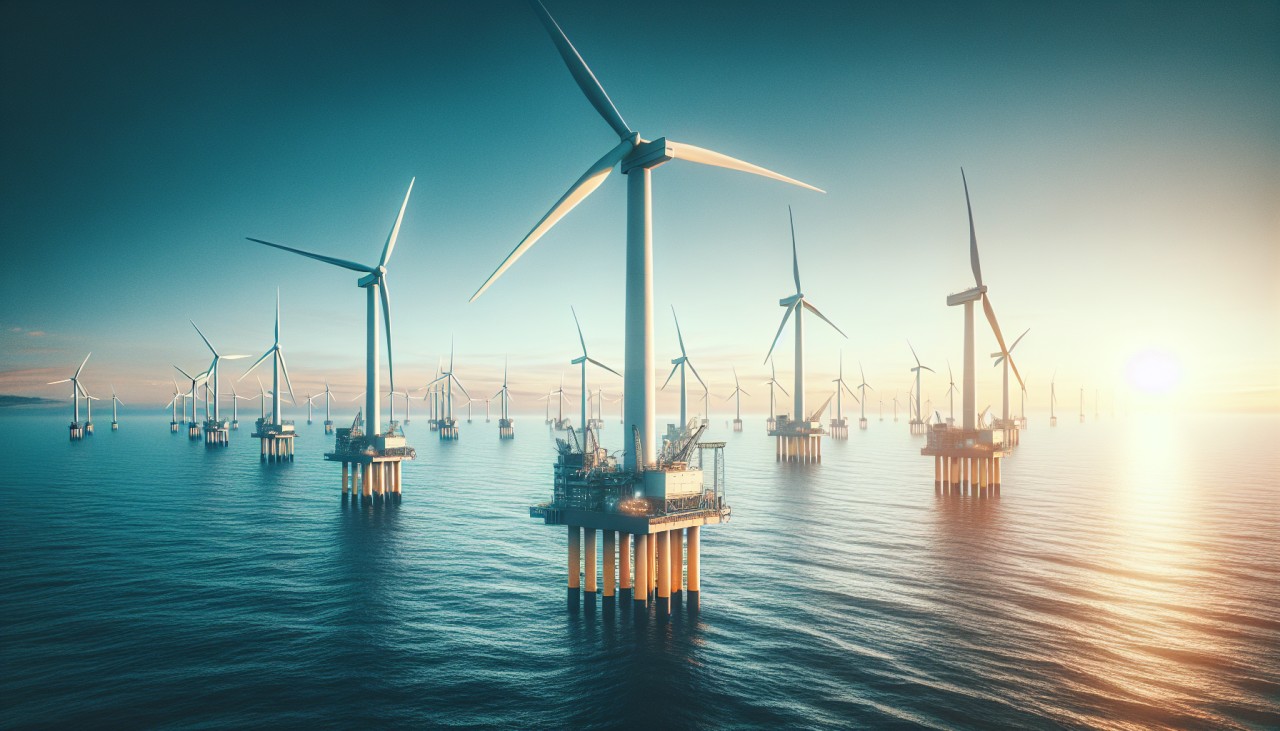


Wind energy is experiencing a transformative period, marked by significant technological advancements and strategic expansions. Turbine sizes are increasing, with manufacturers aiming to maximize power generation and efficiency while adhering to land constraints. A Lawrence Berkeley National Laboratory study projects that onshore wind plants installed by 2025 will use larger turbines to unlock capacity and production gains, requiring fewer turbines per unit of land. eepower.com This trend is complemented by noise reduction solutions, such as serrated trailing edges on turbine blades, which can reduce sound emissions by 0.5 to 3.2 dBA without compromising power output. Additionally, blade recycling initiatives are gaining momentum, with companies like Siemens Gamesa introducing recyclable resin alternatives to conventional epoxy resin, aiming for 100% recyclable turbines by 2040. eepower.com
Offshore wind energy is also witnessing substantial growth. The National Renewable Energy Laboratory reports that new offshore wind installations in 2023 increased global capacity to over 68 GW, with additional projects in various stages of planning and development, totaling more than 453.6 GW, including 104.4 GW from floating structures. nrel.gov This expansion is supported by significant investments in the U.S. offshore wind energy supply chain, totaling $10 billion, which includes support for ports, vessels, and workforce development, thereby increasing investor confidence. nrel.gov These developments underscore wind energy's pivotal role in the global transition to sustainable energy sources.